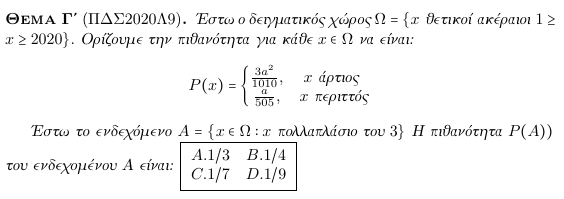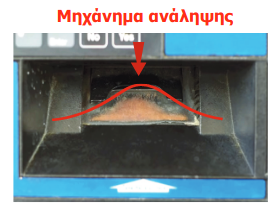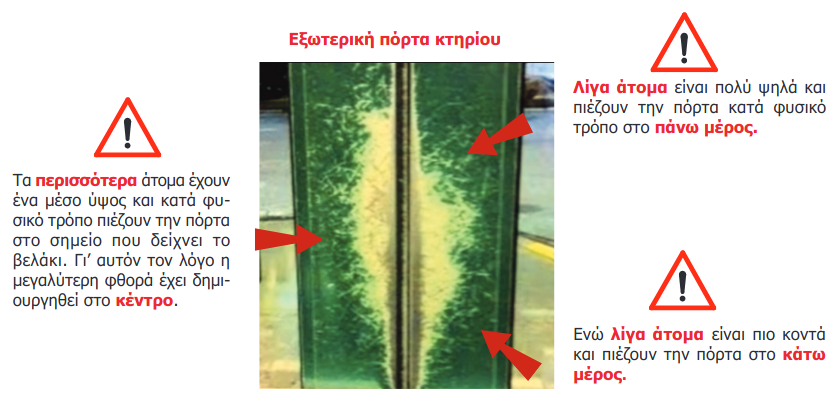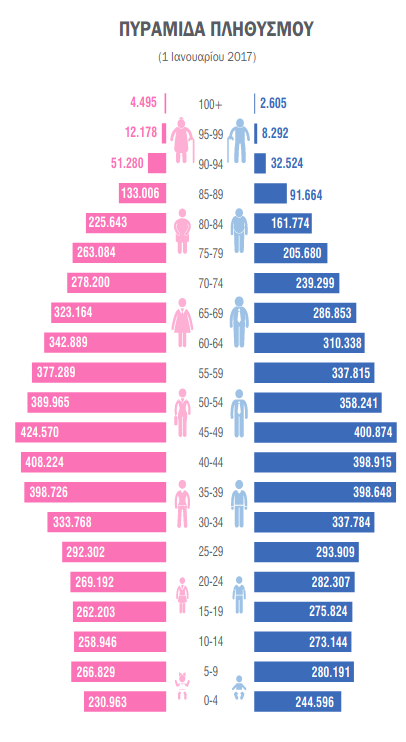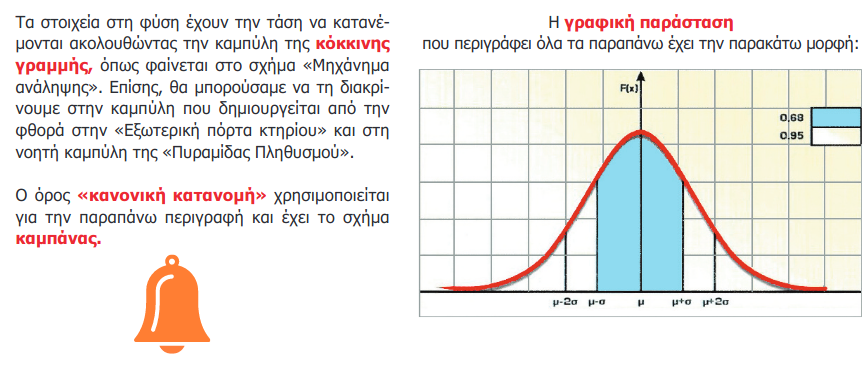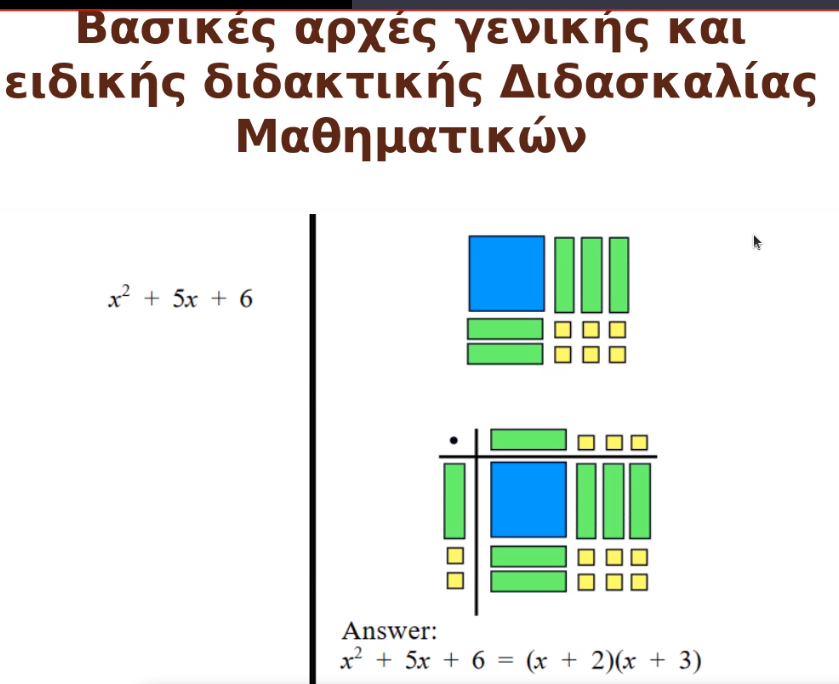http://mtzoumas.mysch.gr/mtz/docs_and_apps/papers/02_AT_EME_10_Nomismata-Pell.pdf
02_AT_EME_10_Nomismata-Pell
Μετάβαση στο περιεχόμενο
Wordpress Συλλέκτης: Γρήγορη αρχειοθέτηση-δημοσίευση αντικειμένων και προσωπικών δημιουργιών από www.arithmoi.gr. Δίνει χρήσιμο υλικό διδασκαλίας εδώ: https://ylikodidaskalias.wordpress.com/ ΟΛΟ ΤΟ ΥΛΙΚΟ εδώ και σύνδεσμοι μόνο προς αυτό.


